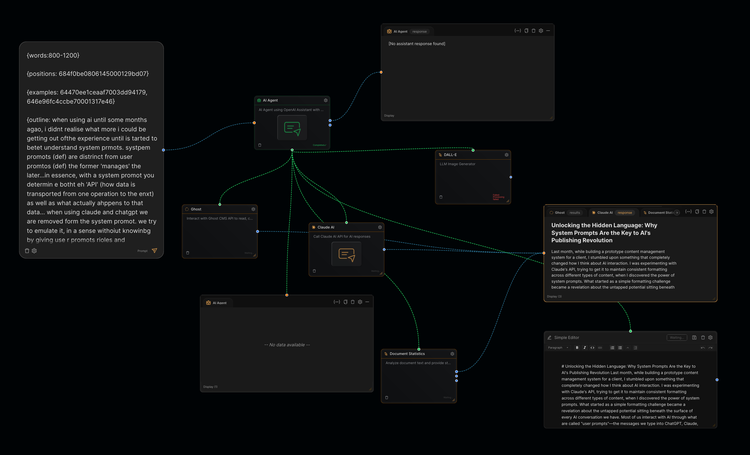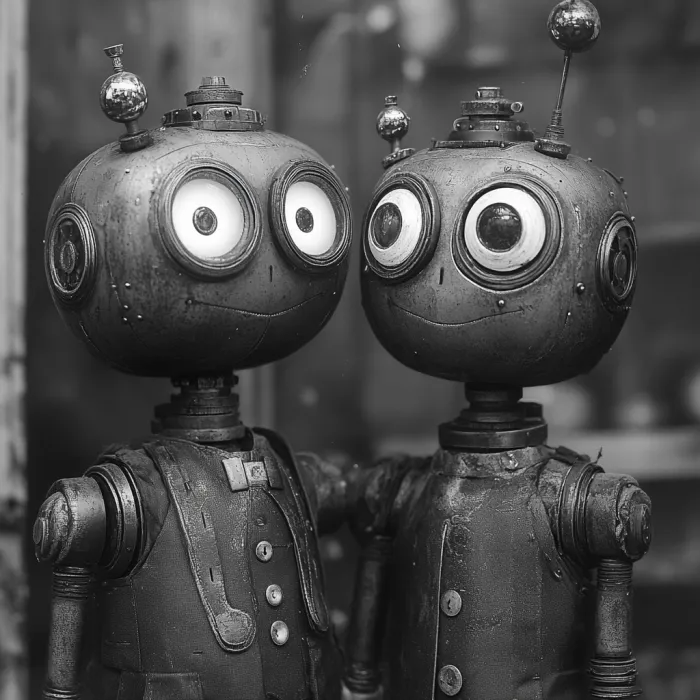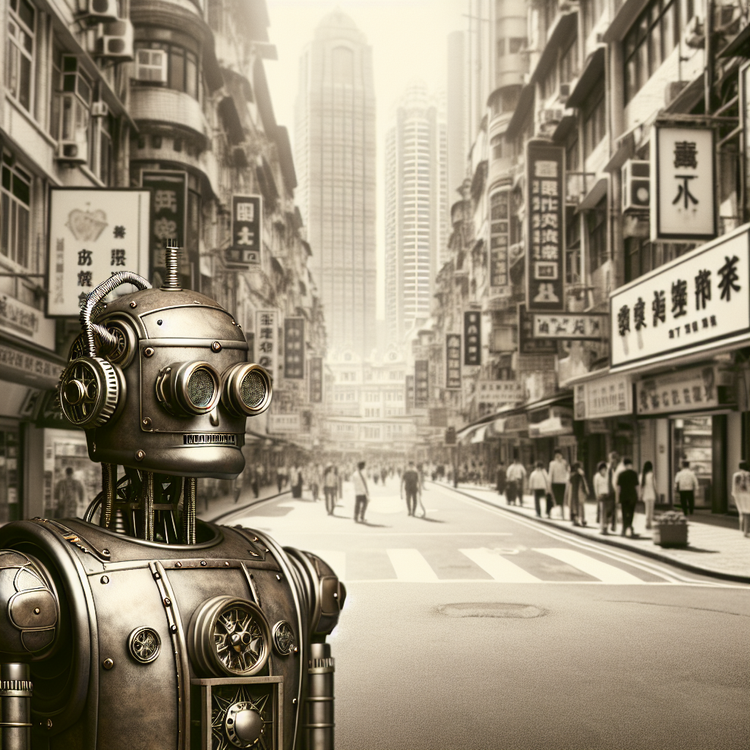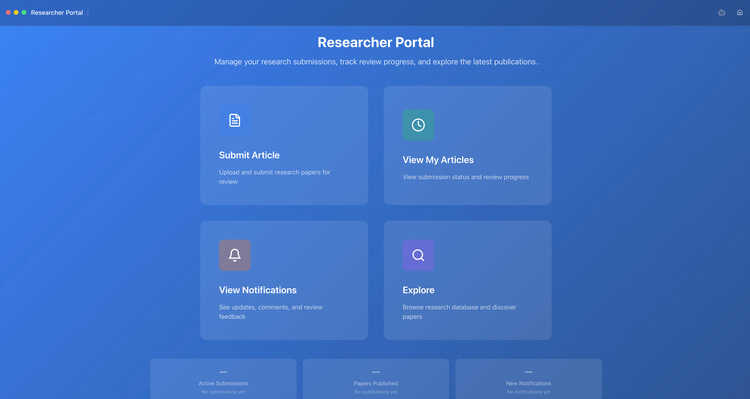Orchestration, AI Agents, and the Changing Shape of Software

AI agents are gradually changing how we interact with software. Once a platform connects to an orchestration system—whether via API, automation layer, or agent framework—it doesn’t just become automatable, it becomes orchestratable. That distinction, while subtle, has real implications.
From Workflow to Orchestration
Most platforms are built around workflows—sequences of tasks executed through defined interfaces. But when an AI agent can observe state, call APIs, and trigger transitions, the platform becomes part of a broader ecosystem. It shifts from being a self-contained product to becoming a composable node in a network of coordinated systems.
In this new context, a platform isn’t just a place where tasks happen. It becomes a resource that can be accessed, a service that fits into other processes, and a participant in more dynamic workflows.
Platforms as Upstream Libraries
As orchestration matures, platforms start to resemble upstream libraries. Instead of navigating interfaces, agents access individual operations directly—assigning reviewers, retrieving data, generating outputs—without interacting through screens.
This is one of the core strengths of orchestration: agents operate at the function level, while humans are still constrained by interfaces.
This shift makes software more composable. Agents can dynamically construct workflows based on context and logic, querying different parts of a system simultaneously and efficiently. It’s a way of working that humans simply can’t match using traditional UIs.
If we could operate software with the same directness—invoking functions on demand through natural language—we’d be much more efficient. And we’re slowly heading in that direction.
The Role of Natural Language Interfaces
Natural language interfaces are improving, making it easier for humans to interact with systems by expressing goals rather than clicking through steps. Meanwhile, agents are getting better at interpreting those goals and translating them into actions across systems.
This shift doesn’t mean everything becomes conversational. But it does mean we’re beginning to speak to software in ways that are less rigid, and more about intent.
Humans in the Loop
None of this removes the human role. It just changes it. In orchestrated environments, humans become architects, overseers, and collaborators. They design the workflows, monitor execution, intervene where necessary, and provide the kind of judgment agents can’t.
In that sense, platforms are evolving into dashboards, consoles, and spaces for shared agency—places where agents and humans both have roles to play.
Rethinking What Software Is
When platforms become orchestratable, they stop being self-contained applications and start acting more like infrastructure. They serve agents and humans alike, offering both structured APIs and human interfaces. They expose functionality in a way that’s transparent and accessible from multiple directions.
That doesn’t mean the end of software as we know it—but it does mean we’re heading toward a different kind of relationship with the tools we use. A bit more fluid. A bit more adaptable. And a bit more collaborative.






Member discussion